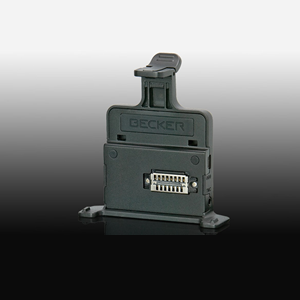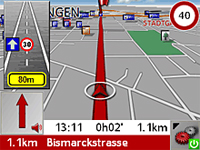

The amplitude of absorptivity change caused by polarization reaches 99.802%. The effects on absorptivity produced by the incidence angles, polarization angles, and materials are investigated. The numerical results, derived from the standard full wave finite integration technology (FIT) of CST 2015, indicates that the designed PD shows polarization sensitivity at all incidence angles. PD absorptivity is first used to reflect and describe the polarization of the incident wave. The sandwich structure of PD is composed of 0.1 μm periodic “I” shaped patches on the metasurface, a dielectric of 200 μm FR-4 on the interlayer, and a 0.3 μm copper film on the substrate. The theory, design, simulation, fabrication, and performance of an omnidirectional polarization detector (PD) with two resonances located in the X and Ka ranges based on a metamaterial absorber (MMA) are presented in this paper.

The hybrid GSA-ANN achieves a mean absolute distance estimation error of 0.02 m and 0.2 m for outdoor and indoor velodromes, respectively. The results revealed that the hybrid GSA-ANN outperforms the other methods adopted in this paper in terms of accuracy localization and distance estimation accuracy. In the first approach the ANFIS was considered, whereas in the second approach the ANN was hybridized individually with three optimization algorithms, namely Particle Swarm Optimization (PSO), Gravitational Search Algorithm (GSA), and Backtracking Search Algorithm (BSA). The soft computing techniques aim to estimate the distance between bicycles moving on the cycle track for outdoor and indoor velodromes.

The two techniques, Neural Fuzzy Inference System (ANFIS) and Artificial Neural Network (ANN), focus on a range-based localization method which relies on the measurement of the received signal strength indicator (RSSI) from the three ZigBee anchor nodes distributed throughout the track cycling field. In this paper, we propose two soft computing localization techniques for wireless sensor networks (WSNs).


 0 kommentar(er)
0 kommentar(er)
